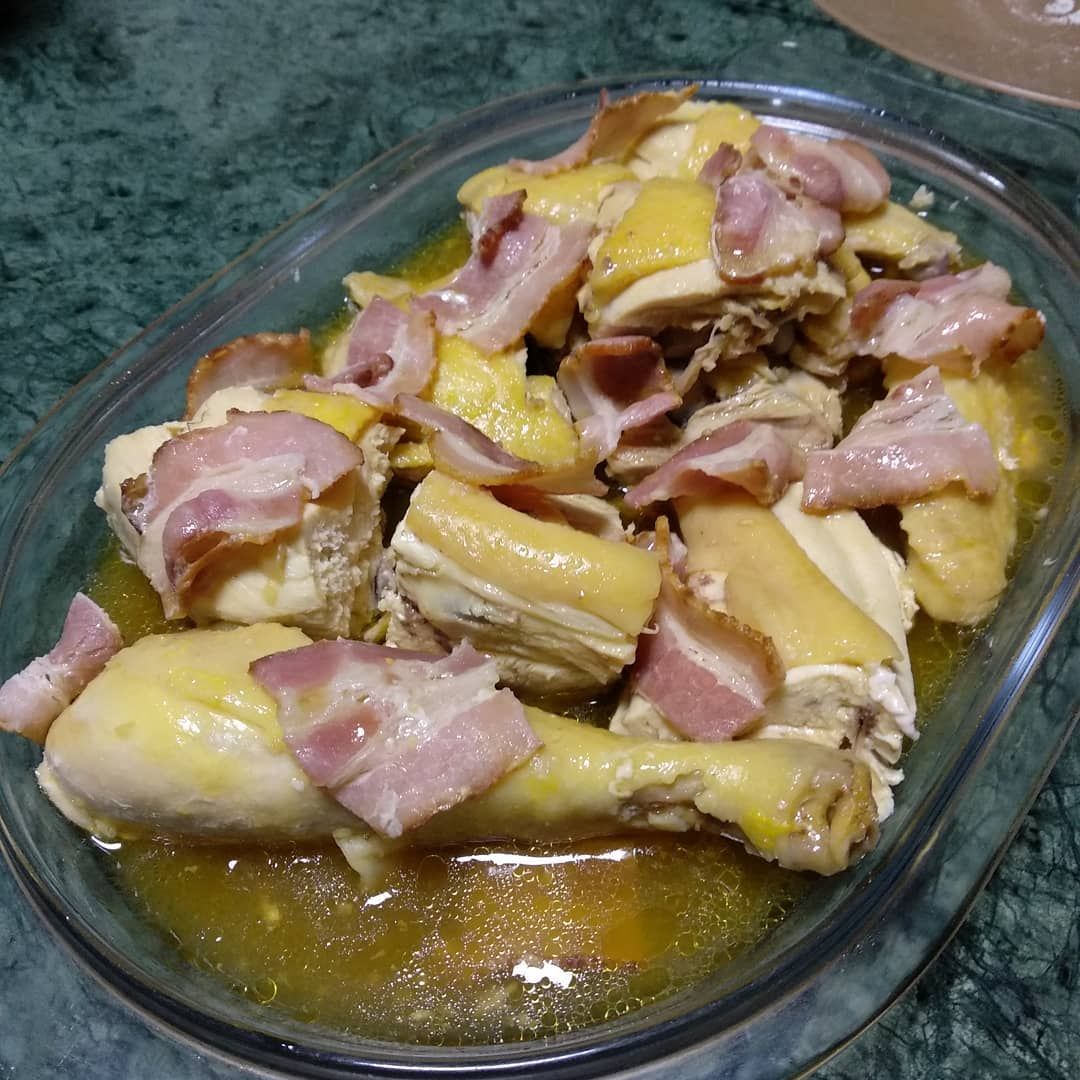
Although pastrami and corned meat are both beef products they are quite different. Pastrami is a thicker, more seasoned version of a hotdog. Corned Beets are a type ham. Both can be prepared at home and are very tasty. There are some differences between these two types of meat. After learning how to make them at home, you'll be able to prepare them like a pro in no time!
Pastrami can be made by boiling the beef brisket to reduce its fat. The only spice in pastrami is the salt added to the brine. Pastrami is spiced, however with crushed coriander and ground pepper. The process is completed by smoking pastrami to enhance its flavor. Regardless of how you prepare corned beets, you'll be able to make these delicious sandwiches in no time.

Pastrami is a modern American version of the Jewish deli. Corned Beets are often associated with New York City's Jewish delis. It's a great addition to a smorgasbord, which is a sandwich made of thick layers of pastrami, rye bread, and mustard. Although pastrami is lower in sodium than its fresh counterparts, cornedbeets tend to be more expensive.
The way pastrami and corned meat are prepared is what makes them different. Pastrami can be eaten hot or cold, unlike corned Beet. It is best to eat pastrami in a savory form. You don't have to decide which one you want, so give it a shot! It will be a great decision!
Pastrami or corned Beets are both cured meats which have been smoked to darken their appearance. The meats are typically sliced thickly and piled high on a rye bread sandwich. Katz's Deli offers a classic pastrami sandwich and is a New York landmark. In a traditional Reuben, pastrami is paired with a slice of rye bread and a pickle.

In contrast to corned beef, pastrami is cured and smoked. The brisket is cooked in the same way, but is cured with different methods. Pastrami is smoked while brisket can be smoked. It is usually sliced, then steamed before it is served. Pastrami is better for a grilled sandwich. It is richer in flavor and more smoky.
Corned Beef Sandwich is a very popular sandwich in Ireland and the United States. In the U.K., it is typically made from a brisket, but can be made from brisket, mutton, or mutton. The cured meat is then smoked and then it is cut into slices for use as a Reuben. While corned Brisket is more costly, it is still a good option for a sandwich.
FAQ
How much does culinary school cost?
The costs of culinary school can vary depending on where and how long it takes. Average tuition costs between $10,000 and $30,000. Students graduate with approximately $20,000 of debt. However, some programs offer scholarships, grants, and work-study opportunities.
What skills is required to attend culinary school
A chef's job requires you to be able cook well under pressure and understand food safety regulations. Cooking classes can be taken at high schools and community colleges to learn the basics of cooking. Once you have mastered the basics of cooking, you will need to find work in a restaurant and catering company.
How can you get motivated to cook well?
When you cook with your family and friends, cooking is enjoyable. It is easier to cook for yourself than for others. Try making something new if your goal is to become more motivated to cook. You'll learn new techniques, and you'll be inspired to cook. You can also use recipes from other cultures to increase your culinary knowledge.
Statistics
- The median pay for a chef or head cook is $53,380 per year or $25.66/hour, according to the U.S. Bureau of Labor Statistics (BLS). (learnhowtobecome.org)
- In the United States, the category is estimated at $23.2 billion annually and is growing faster than the market. (washingtonpost.com)
- You'll be amazed that over 90% of CIA students receive scholarships and grants to finish their culinary studies. (ischoolconnect.com)
External Links
How To
How to make an omelet that is perfect
Omelets are one of my favorite foods to eat at breakfast. But how do you create them perfectly? I've tried many recipes and different methods but none have worked. So I am sharing some tips and tricks today to help you make fluffy, delicious omelets every morning.
First, eggs can be very temperamental ingredients for making omelets. The eggs must be fresh from an organic source and kept at room temperature until they are ready to be cooked. If they are not kept cold enough, the whites won’t form properly. The yolks will also break down too quickly and become runny. Your omelets will look strangely colored if this happens. It is best to use room-temperature eggs if you are going to cook them right away.
You might also try separating the egg before adding to the pan. The yolk and white should not be mixed together as this can cause the omelet's curdle.
If you add the egg directly onto the stovetop, you might end up burning the bottom part of the egg, which would ruin the texture of your omelet. Instead, microwave the egg for 10 seconds before adding it to the pan. The microwave heat cooks your egg just right, without it becoming too soft.
Next, let's discuss mixing the eggs. Mix eggs well together. To do this, grab the bowl of the mixer and turn it upside down. Then shake the bowl vigorously. By doing this, the egg is thoroughly mixed with the air in the bowl.
Now it's time to have fun: pour the milk into the mixture. First, pour half of the milk into the beaten eggs and then fold the eggs gently into the remaining milk. You don't need to worry if streaks remain. They will disappear once you flip your omelet.
After you have folded the eggs, heat the oil in a pan over medium heat. Once the oil has started to sizzle, turn the heat down to low. Once the oil has gotten hot, add 1/4 cup of butter and swirl it around so that the entire pan is coated. The lid should be carefully opened. Sprinkle salt in the pan. A pinch of salt will prevent your omelet from sticking in the pan.
Cover the pan once you have formed the omelet. Wait for the top to set. Flip the omelet with a spatula, or flip it upside down. Cook the other half for another minute. Remove the omelet from the pan and serve immediately.
This recipe is best when used with whole milk. But, you can use skimmed milk as well.